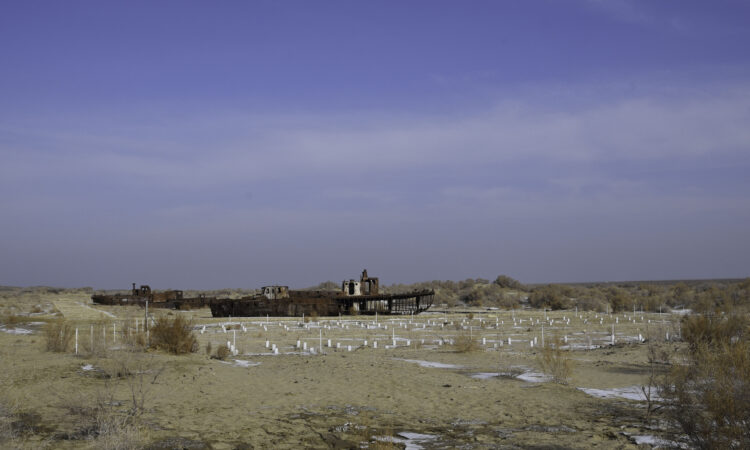BAKU, Azerbaijan, February 2. The European Union (EU) is preparing to launch a significant environmental project in Uzbekistan in 2025 aimed at restoring degraded lands in the lower Aral Sea basin, a spokesperson from the European Commission told Trend.
"This initiative is part of the EU's broader efforts under the Green Central Asia framework, which focuses on addressing water, energy, and climate change issues in the region. The project will specifically target Karakalpakstan, an area severely affected by the environmental challenges associated with the shrinking Aral Sea," the spokesperson said.
According to the spokesperson, the project, which will be funded by the French Development Agency (AFD) and the European Investment Bank (EIB), has been allocated an EU grant of 8.8 million euros. The primary goal is to improve the socio-economic and environmental conditions of the population by restoring degraded lands. This will include the establishment of protective green belts in the transition zone to the dry Aral Sea bed, as well as promoting the planting of productive trees and fodder species, such as liquorice and rosehip, to support agroforestry. Additionally, the project will focus on building the capacity of the Forest Agency and relevant stakeholders on land use and forest management planning.
"The project is expected to begin in 2025, with loan agreements to be signed between Uzbekistan and AFD (30 million euros) and EIB (30 million euros). These actions will help lay the groundwork for improving the region's ecological resilience and contributing to the restoration of its natural resources, which are critical for the local communities and agriculture," he noted.
The Aral Sea, which formerly covered 68,000 square kilometers, began its decline in the 1960s and ultimately desiccated by the 2010s. The origin of this disaster is the excessive extraction of water from the rivers that supplied this landlocked sea for extensive irrigation initiatives, mostly for cotton cultivation. The outcome was a swift reduction of the sea, coupled with a concerning rise in salinity. The altered coastlines, now distant from abandoned port cities, expose a severe and unwelcoming terrain, where sand and dust storms have supplanted the once-refreshing breezes and gentle waves.







